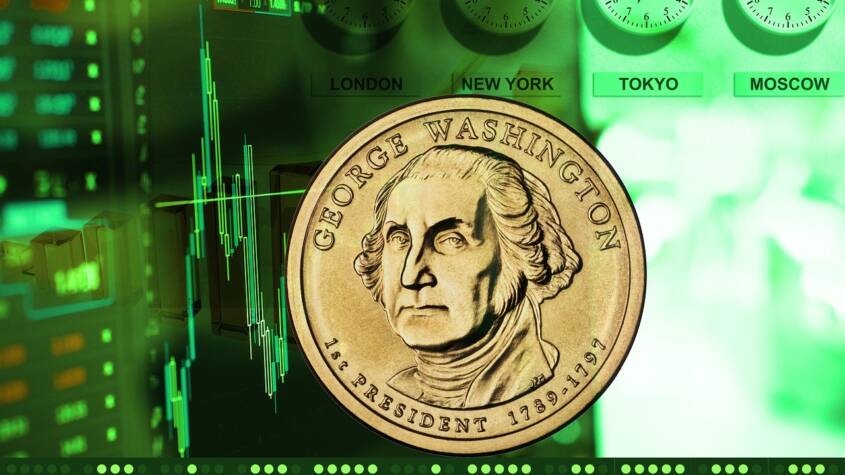
Investing in copper offers unique opportunities and challenges for those looking to diversify their portfolios. As a key industrial metal, copper is crucial for electric vehicle production, renewable energy systems, and various technological applications. This rising demand positions copper as a potential growth asset within the commodities market.
Copper’s price fluctuations are influenced by several factors, including global economic conditions and supply chain dynamics. Investors should pay attention to geopolitical factors and shifts towards green technologies that could drive demand. Understanding these influences can help investors make informed decisions about when and how to invest in copper.
For those considering entry into this market, it is essential to weigh the benefits against risks associated with commodity investments. With adequate research and a strategic approach, copper investment can be a valuable addition to an investment strategy focused on future trends and sustainability.
Copper as an Investment Asset
Copper is gaining attention as an investment asset due to its essential role in various industries and its historical price movements. Investors are interested in understanding market dynamics and historical performance to make informed decisions.
Market Dynamics and Copper Prices
The copper market is influenced by various factors, including supply and demand, economic conditions, and geopolitical developments. Demand is primarily driven by sectors like construction, electronics, and renewable energy, particularly electric vehicles.
Supply chain disruptions, mining production levels, and regulatory changes can cause price fluctuations. For instance, if demand in China rises, it can significantly impact global copper prices. Current prices can be tracked through indices like the London Metal Exchange (LME).
Historical Performance Analysis
Historically, copper has exhibited notable price cycles. From 2000 to 2011, prices surged due to booming industrial demand, reaching an all-time high of around $4.50 per pound in 2011.
Since then, fluctuations have occurred, influenced by factors such as the global financial crisis and changes in production. The average annual price has shown resilience, making copper a potential hedge against inflation. Investors can analyze these trends through financial reports and commodity price charts to better understand copper’s performance trajectory.
Investing Strategies for Copper
Investing in copper can be approached through various strategies. Each method offers unique advantages and risks. Here are key strategies investors often consider.
Commodity Trading Accounts
Commodity trading accounts allow investors to speculate directly on copper prices through futures contracts. These accounts provide access to the commodities market, enabling investors to profit from price fluctuations.
To invest, one must open a trading account with a broker who offers commodities. Investors then select futures contracts based on their market analysis. Leveraging can amplify gains, but it also increases potential losses.
It’s essential for investors to monitor market trends, global supply and demand, and geopolitical issues that may impact copper prices. Familiarity with technical analysis can enhance decision-making when entering or exiting trades.
Copper ETFs and Mutual Funds
Copper ETFs (Exchange-Traded Funds) and mutual funds offer a more diversified approach to copper investment. These funds invest in a basket of copper-related assets, reducing individual investment risk.
Investors can choose between funds focusing solely on copper or those that include broader mining and metals sectors. This can provide exposure to various companies operating within the copper industry.
When selecting a fund, consider factors like expense ratios, historical performance, and the fund’s holdings. Investing in these funds allows for easier trading, as they can be bought and sold on stock exchanges.
Copper Mining Stocks and Sector Funds
Investing in copper mining stocks involves purchasing shares of companies engaged in copper production. This method can offer significant returns if a company performs well in a rising copper market.
Investors should research companies based on their production capacity, operating costs, and geographical location. Additionally, analyzing financial health, management quality, and development projects is crucial.
Sector funds focused on metals and mining also provide an option for exposure to copper. These funds may invest in a range of companies in the mining sector, providing broader exposure to the industry’s performance.
Rent Mini Excavator Near Me: Your Guide to Affordable Options and Local Availability
Renting a mini excavator can be a game changer for small construction projects, landscapin…










